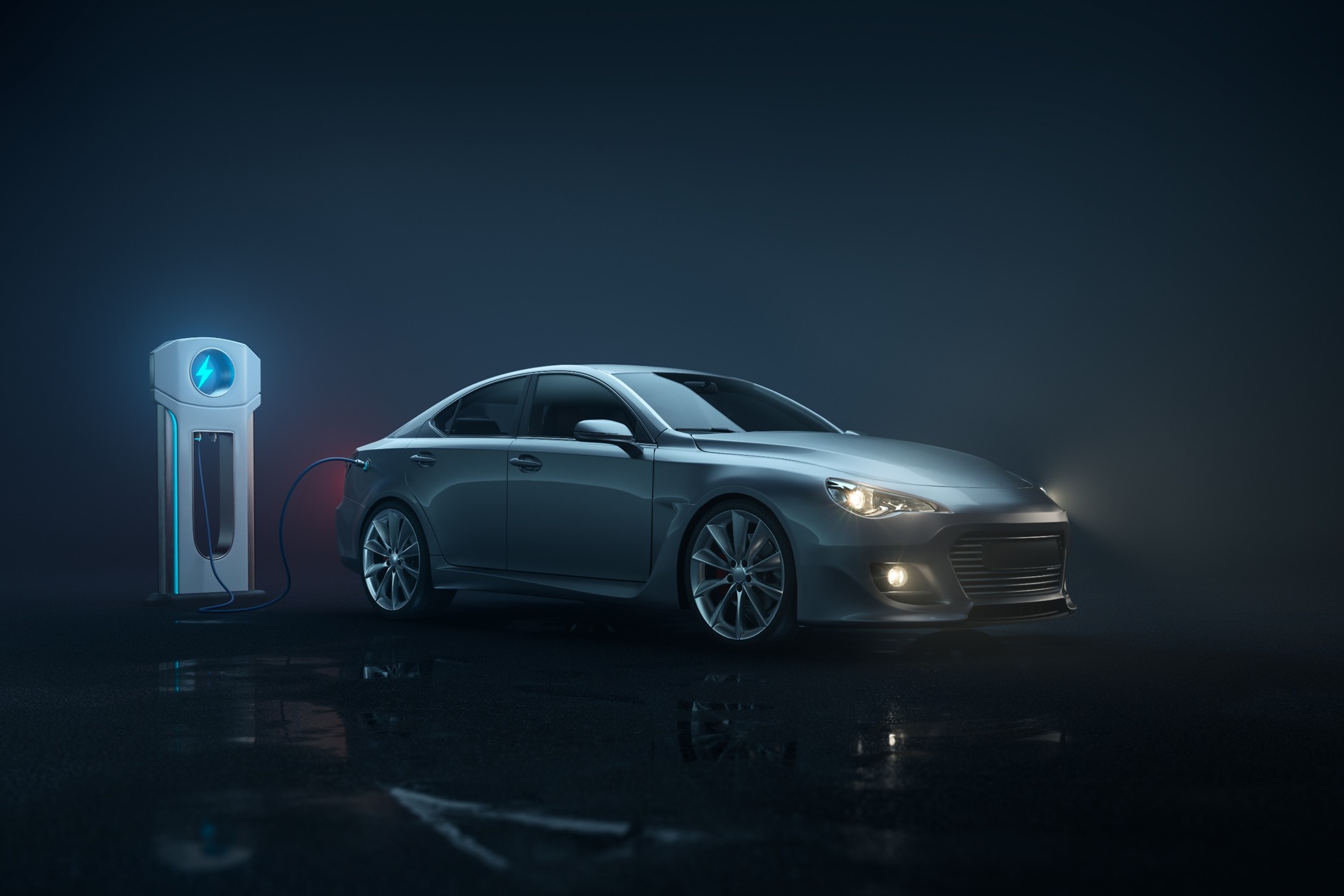In Australia, you typically need to keep receipts for expenses you intend to claim as a tax deduction. However, for work-related expenses,
you can claim up to $300 without receipts, as long as:
- The money has actually been spent,
- The expense is directly tied to earning your income,
- Your employer hasn’t reimbursed you,
- The expense is not personal or capital in nature, and
- You have some form of record, such as a diary, of the expense.
Work-related expenses may include tools and small equipment, office supplies, union fees, uniforms and protective clothing (and associated
cleaning costs), and even certain periodicals. For laundering work uniforms or protective gear, you can claim up to $150 without receipts,
which counts towards the $300 threshold. However, if your total work expenses exceed $300, receipts aren’t required specifically for laundry
expenses if they are under $150. The ATO allows you to claim $1 per laundry load if done at home, or 50 cents if combined with personal
items. Dry cleaning, however, requires receipts. Minor items up to $10 each can also be claimed without receipts, up to a $200 limit, and
are included in the $300 total.
If you expect to go over the $300 limit during the year, it’s wise to keep all receipts, as you’ll need documentation for all work-related
expenses, not just the amount over $300. You’ll also need to keep records like a diary or other documentation for five years.
Car Expenses
Instead of saving receipts for car costs, you may claim on a “cents per kilometre” basis for up to 5,000 business kilometres, which is 88
cents per kilometre in the 2024-25 financial year (capping at $4,400). This covers work-related trips such as traveling between work
locations or attending conferences. However, commuting between home and work generally isn’t claimable, as it’s a private expense. Using
this method does not require receipts, but you must keep a logbook or diary tracking your work-related travel. Note that you must own the
car and, in some cases, have an employer requirement for your travel.
Working from Home
With remote work more common since COVID-19, the ATO allows a simplified method for claiming expenses. To claim, working from home should
involve substantial tasks beyond minimal activities like checking emails. You can claim actual costs with receipts or opt for the fixed
rate of 67 cents per hour (since 2023), which covers energy, internet, and phone expenses, as well as stationery and consumables.
Depreciation and repairs for items like furniture or equipment can be claimed in addition, but they require receipts.
If you choose the fixed rate, you need to keep a detailed record (such as a diary or timesheet) of your hours worked from home. ATO also
expects a sample bill, bank statement, or invoice showing each covered expense was incurred. Keep these records for five years.
In summary, although there are some exceptions to keeping receipts, meeting all legal and administrative requirements is essential to ensure
your claims stand up to ATO scrutiny.



